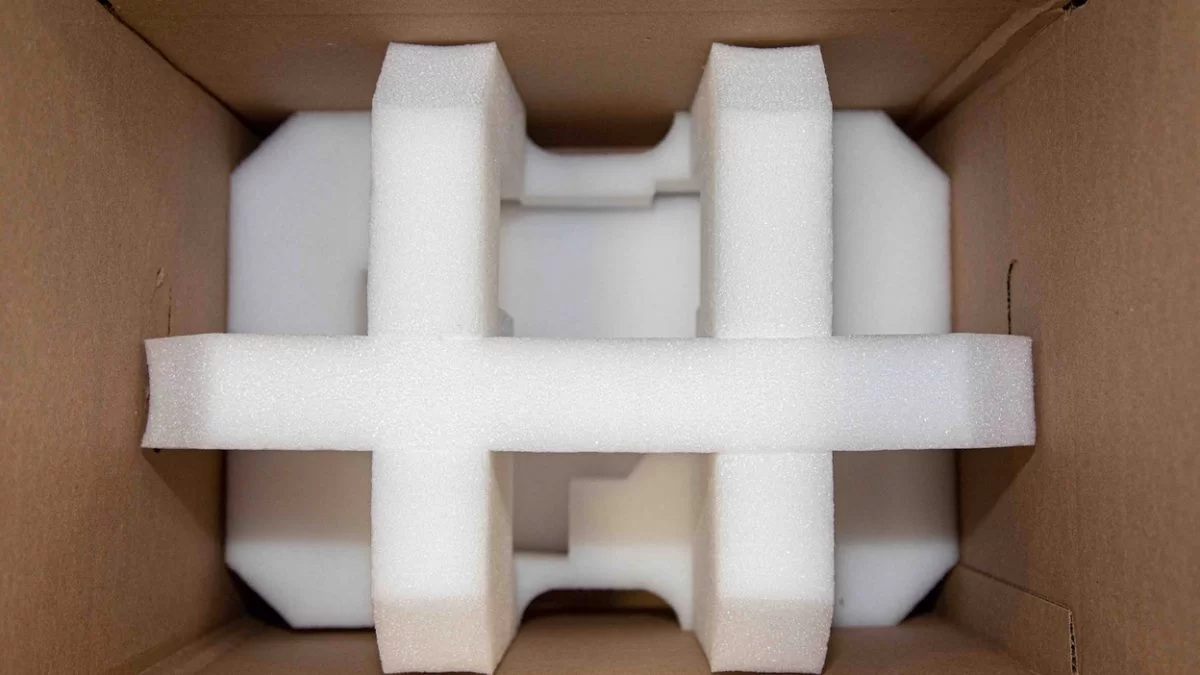Large medical devices are expensive and intricate equipment. When you need to package and ship them, you have to put a lot more thought and care into the process than you would for most ordinary items. Here are some important considerations about packaging medical devices.
Original Packaging May Be Insufficient
The best starting point for safely packaging large medical devices is to design packaging that perfectly fits the product. In the OEM medical device industry, a manufacturer’s original packaging may not be adequate. Manufacturers are in the device-making business, not the device packaging business. Moreover, specific packaging materials may be necessary for shipping items rather than just storing them.
Medical equipment is expensive and often delicate. To ensure your device arrives intact, work with packaging experts that can develop a custom engineered solution.
With expensive, fragile equipment, it’s best to use a belt and suspenders approach. Weight is the factor that most affects shipping costs, so the packaging material you choose won’t create a great additional cost in transporting to the items. If done properly, less is often more when it comes to how to package your medical equipment for shipping.
It’s Critical to Use Adequate Boxes
Because it’s unlikely that you have original packaging that equipment came in, you may need to start your medical packaging project from scratch. Medical equipment can be very heavy, and its weight may not be evenly distributed; the bottom may be much heavier than the top or vice versa. It’s essential to choose a box that is made up of strong enough material to withstand the weight of the machine. Cardboard boxes often have an imprint showing their maximum weight capacity, thickness grade, and dimensions.
Boxes Must Be Labelled Appropriately
If you’ll be shipping your items, you need to be sure that your shipping box is properly labelled. You may need to indicate that the contents are fragile. Also, when you’re packaging large medical devices, it may be particularly important to label which side is up. Lastly, you’ll need to identify if boxes contain a lithium ion battery, which may affect how a carrier handles and stores the item. Unfortunately, there may be an additional charge associated with shipping lithium ion batteries.
You Need to Use the Right Amount of Protective Filler
Your equipment shouldn’t move at all once it’s secured in the packaging. In order to minimize the risk of damage to the item while it’s inside the package, nothing should be moving or shifting in transit. Use plenty of filler to keep medical packaging contents secure and to prevent components from damaging one another.
Include all Cords and Accessories
When you’re packing up an item, it’s easy to overlook items like removable power cords, extensions, or accessories. These items need their own dedicated packaging within the packaging in order to keep them protected. Before you seal up every package, it’s important to check that you’ve included all additional items rather than just the main body of the equipment.
Get Professional Help
Whether you’re looking to ship components across the country or handle materials within your own facility, we have the experience devising engineered packaging solutions for hundreds of applications.




